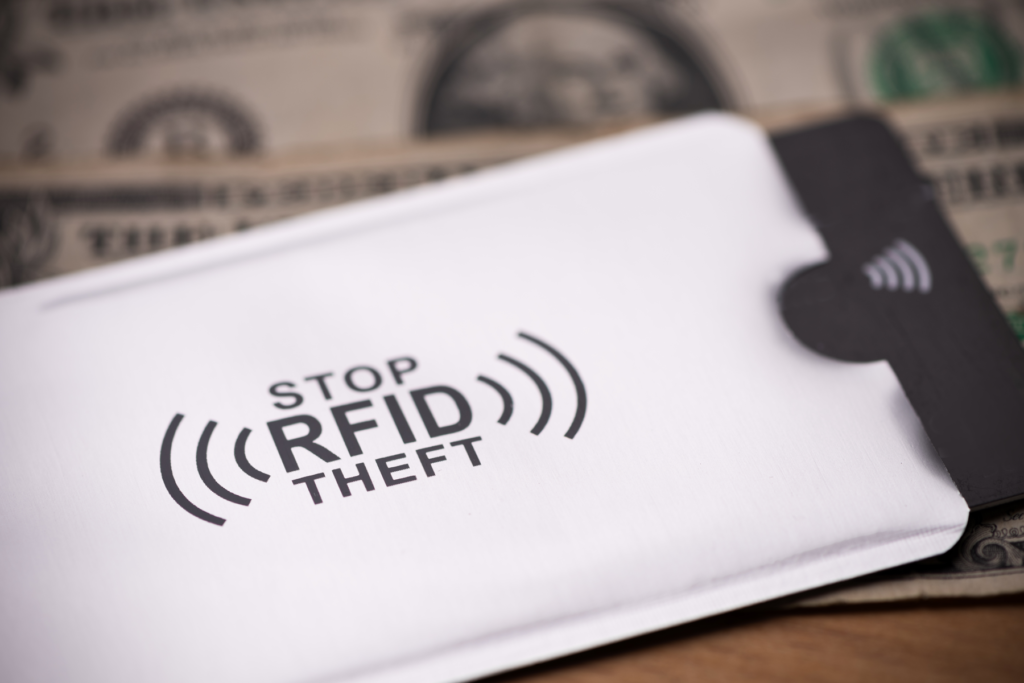
How to Integrate a UHF Card With RFID Readers for Real Time Data Capture?
UHF cards are ultra-high frequency RFID cards. UHF cards combined with RFID readers provide a greater reading range, high-speed scanning, and superior accuracy. These advantages are essential for inventory control, access control management, and supply chain monitoring.
Understanding the Basics of UHF RFID Technology
Before diving into integration, it’s essential to understand how UHF RFID works. UHF (Ultra-High Frequency) typically ranges from 860 MHz to 960 MHz. This frequency band allows UHF Cards to communicate with RFID readers from longer distances—often up to 10 meters or more.
The UHF Card consists of a microchip and an antenna embedded in a plastic card. When an RFID reader sends a signal, the card responds by transmitting its unique ID and, in some cases, additional stored data. These signals are captured instantly and transmitted to backend systems. This seamless communication is the foundation of real-time tracking systems used in warehousing, manufacturing, and security applications.

Choosing the Right UHF Card and Reader Pairing
Not all UHF Cards and RFID readers are created equal. Compatibility is key to successful integration. When selecting components, businesses must consider the read range, operating frequency, and supported protocols like EPC Gen2 or ISO 18000-6C.
Additionally, environmental conditions play a role. If you’re deploying the system in metal-heavy or high-interference areas, opt for UHF Cards with anti-metal backing and readers with shielding features. Furthermore, integrated software or SDK support from the reader manufacturer can make it easier to configure data workflows. Choosing the right pairing sets the stage for efficient, scalable performance in real-time applications.
Designing an Effective RFID Reader Layout
Once you have your UHF Card and a compatible reader, the next step is placement. Reader layout greatly influences system performance. Fixed readers work well at doorways, loading docks, or checkpoints, while handheld readers are ideal for on-the-go inventory scanning.
It’s crucial to consider the antenna coverage area and the potential for dead zones. Overlapping fields ensure consistent reads, while adjustable gain settings help avoid interference. Mount readers at strategic angles to account for varying card orientations. With thoughtful design, you ensure that the UHF Card can be read accurately, regardless of positioning or movement, enabling uninterrupted real-time data capture.

Setting Up Data Capture and Backend Integration
RFID systems are only as valid as the data they generate. Integration with backend software systems like ERP, WMS, or access control platforms is critical. Many RFID readers support data push via HTTP, MQTT, or TCP/IP, making real-time transmission straightforward.
You can configure the system to trigger actions based on UHF Card reads, such as updating inventory, logging entry events, or sending alerts. Middleware platforms can help clean and format incoming data, ensuring consistency. Custom APIs allow further integration into dashboards or mobile apps. By automating these workflows, you reduce manual errors and enhance data accuracy across your organization.
Ensuring Real-Time Performance and Low Latency
For many industries, especially logistics and manufacturing, latency is the enemy. UHF Cards must be scanned and data processed instantly. To meet this requirement, choose readers with fast scanning capabilities and multi-tag reading support.
Network infrastructure also plays a role. A slow connection or unstable signal can delay data transmission. Use high-speed Ethernet or cellular gateways with built-in fallback options. Employ edge computing where necessary to process data locally before syncing to the cloud. These measures collectively ensure your system maintains real-time performance, regardless of environmental variables or workload spikes.

Security Considerations in UHF Card Systems
Any system that transmits data wirelessly must account for security. While UHF Cards are convenient, they can also be vulnerable to cloning or eavesdropping. To mitigate these risks, use encrypted communication protocols between the card and the reader.
Additionally, readers can be configured to authenticate cards before accepting data. Access control lists and session tokens add another layer of protection. For highly sensitive environments, use UHF Cards with embedded cryptographic chips. Security isn’t just about protection—it’s about maintaining trust in your data systems and preventing operational disruptions caused by unauthorized access.
Monitoring, Maintenance, and System Scalability
A well-integrated system requires ongoing oversight. Monitor read success rates, error logs, and system uptime through a centralized dashboard. Many RFID solutions now include health-check APIs and predictive maintenance alerts to reduce downtime.
Scalability should also be planned from the outset. As your business grows, the number of UHF Cards, readers, and data points will increase. Use modular reader configurations and cloud-based analytics platforms to scale effectively. With proactive monitoring and flexible architecture, your UHF Card + RFID reader integration will serve your business reliably for years to come.

Realizing the Full Potential of UHF Card Integration
Integrating a UHF Card with RFID readers unlocks powerful capabilities in real-time data tracking. It improves operational visibility, enhances accuracy, and streamlines workflows. By carefully selecting components, designing reader layouts, and ensuring secure data transmission, businesses can deploy a reliable, high-performance solution.


